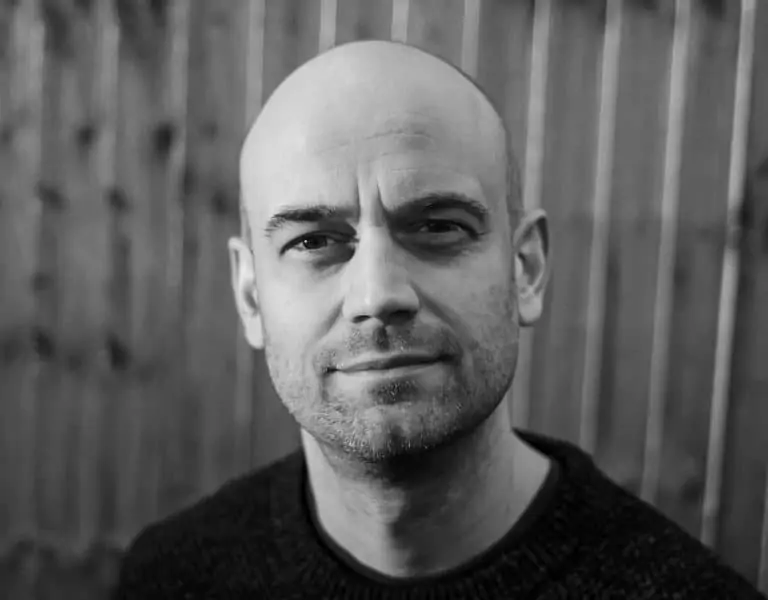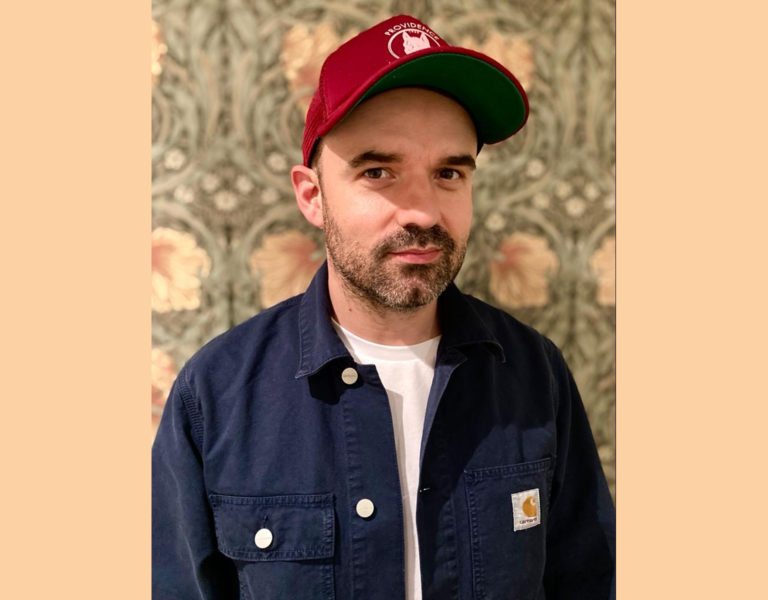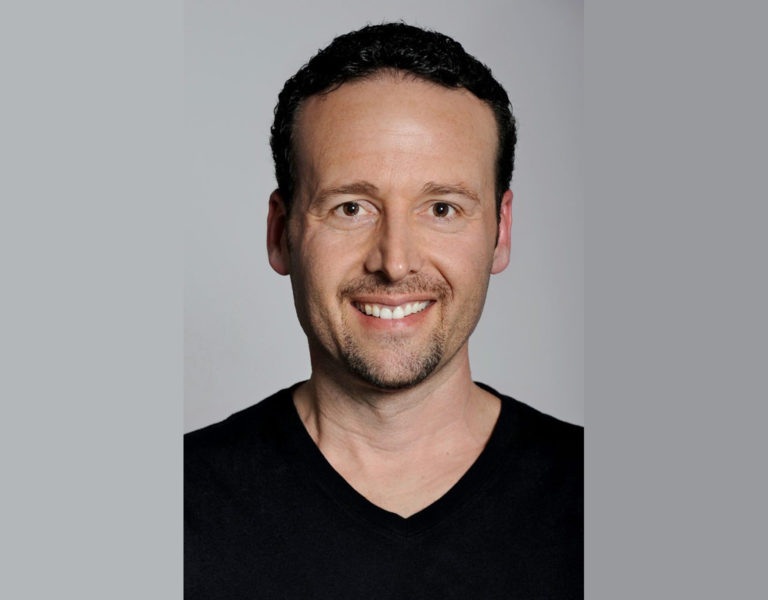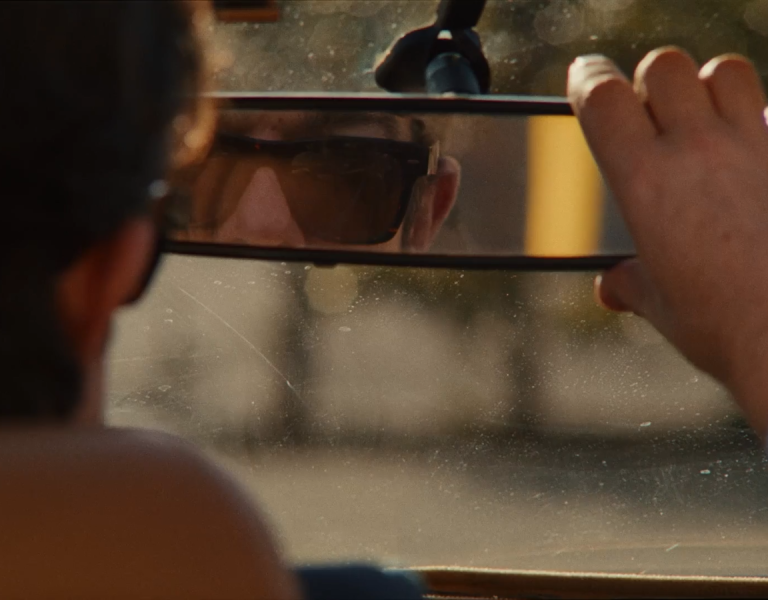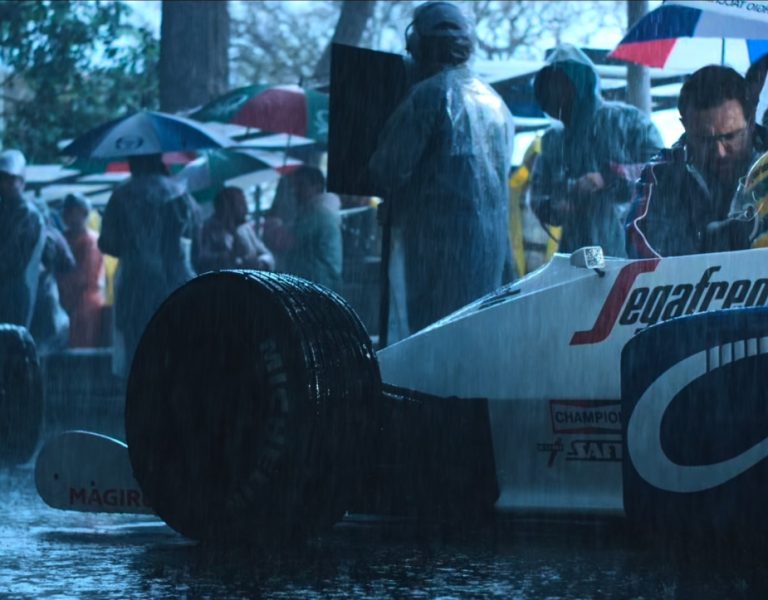STORYTELLING THROUGH COLOUR
Selected filmography:
Die Another Day (2002)
S.W.A.T. (2003)
Ray (2004)
Blade: Trinity (2004)
The Ring Two (2005)
All the King’s Men (2006)
Flags of Our Fathers (2006)
Letters from Iwo Jima (2006)
Street Kings (2008)
Changeling (2008)
Hancock (2008)
Meet Dave (2008)
Gran Torino (2008)
Invictus (2009)
The Hangover Part II (2011)
J. Edgar (2011)
The Dictator (2012)
Ted (2012)
The Grand Budapest Hotel (2014)
Veronica Mars (2014)
Gods of Egypt (2016)
Roots (2016)
Ghostbusters (2016)
Altered Carbon (2018)
The Umbrella Academy (2019)
John Wick (and sequels)
Godzilla: King of Monsters (2019)
Spider-Man: No Way Home (2021)
Joker (2019)
The Mysterious Benedict Society (2021)
Black Widow (2021)
Shang-Chi and the Legend of the Ten Rings (2021)
Eternals (2021)
Black Adam (2022)
What inspired you to become a colourist?
I was working as an intern at [the Eastman Kodak Company in Rochester, NY] under the recommendation of my father [Sr. Research Associate Mitch Bogdanowicz], who was a colour scientist there for many years. I was also going to art school at SUNY Geneseo where I was majoring in art, particularly painting, and minoring in physics. The internship was an excellent merge of art and science.
I worked in research and development in their telecine department. I would plot the different spectral curves of film stocks. Kodak also made a digital camera, and we would plot between the [response of] that sensor and film stock and compare them. Then I was offered a job out in LA to be an assistant on one of the first digital intermediates – O Brother, Where Art Thou? (2000). It was a great niche to get into and I was in the right place at the right time.
How/where did you learn the craft of colour grading?
I had a mentor at Kodak named Kyle Alvut who taught me the equipment and basics. From there, I mostly taught myself while I was at Cinesite. Back then, colourists didn’t really share knowledge. So, I spent many hours learning the tools.
How important was studying physics?
Very. I learned a lot from my father about colour science, too. My whole technical background is a big part of what I do as a colourist. I think one of the reasons why I excel at some of the more technical, visual effects-heavy movies is because I can speak the technical language.
What was your career progression?
The first movie I did solo was Heart’s War in 2002 for the cinematographer Alar Kivilo ASC CSC ESC and we worked really well together. I went to Technicolor and worked there for eight years and then Modern Video Film for two years. I joined Company 3 in 2014 and that’s where I’ve been ever since.
What would you single out as your big break?
I don’t think there’s just one. I think it’s about continually building relationships with cinematographers and directors and building trust and adding experience. There have been quite a few projects that have offered opportunities such as colouring The Grand Budapest Hotel, a number of Marvel films and Joker, to name a few. I keep building on what I’ve done so far as I continue to move forward.
What are the key qualities of a star colourist?
There’s the artistic and technical ability, of course, but there’s more. You have to be part-psychologist and really get inside of how people see colour, how people want to support the story through colour.
What are the fundamentals of a successful colourist/DP relationship? Do you learn about what they’ll want to see in the grade by sitting with them and watching images, having conversations, going over look books?
All of the above. And it’s about doing the hard work of solving potential problems before they pop up, so the process is seamless. All of that comes with a lot of experience and with asking the right questions up front – creating the workflow and having a strong team.
Can you talk a bit about your team?
I always say I can’t do it myself. It’s just a massive undertaking colouring a feature film and Company 3 has very strong producers who make sure everything is organised and everything’s ready for me. I have second colourists who help me pre-colour or finish certain things. We’ve got wonderful finishing editors who handle conforming and can do small effects like repositioning and wire removal. We also have a dedicated colour science team, and they are extremely important because they can help solve problems with custom LUTs that do things like translating among all the delivery file formats that are required.
What is your favorite memory of working on a production?
One of my favorite memories I think is when I understood what potential a colourist could have in colouring for the big screen. I came into [the business] in the late 1990s and before that, there was nobody colour grading for feature films with power windows or keys or the other tools used that people were using for TV finish. What I discovered working on O Brother, Where Art Thou? was that we could use those tools for the big screen, as painful as it was for the whole company to make that happen in those days. I think that realising the potential of what that meant for the movie industry was like an ‘Aha!’ moment that made me want to move forward with this career.
What innovations have you been impressed by?
High dynamic range finishing – whether it’s Dolby Vision for TV or Dolby Cinema or the other flavours of HDR – all of it has definitely enhanced what we can do with images in a beautiful way.
Can you really do something that has multiple dynamic range specs and do justice to the different versions?
I think you can. If you think of it this way: If 1000 nits is the brightest you can go, that doesn’t mean you have to use every single nit, right? You can limit [the grade] to whatever is appropriate. So, if you want to limit it to 200 nits because that’s the look of a particular movie, you can. Say another movie has a lot of explosions or some sort of lightning, those movies might lend themselves more to letting the nits go higher for the HDR effect. It does take extra attention and it does take an extra colour pass to be able to make the most of HDR.
What advice would you give aspiring colourists?
Study photography. Study art. Pay attention to lighting and colour when you look at movies. The tools exist today to practice colour grading and to try to achieve the kind of look that particular movies have. That’s one of the things we used to do in art school. You pick a master painter, and try to recreate that painting. And in that recreation, you are discovering how [the process] might look very simple at first glance, but when you start to dig apart all the elements and piece them together, you realise how incredibly complicated it is.
I’d also say learn as much as you possibly can about the workflow as well. And find an entry level job at a company that does this. There’s never any profession where you come into it going to go straight to the top.
Gabriel Beristain ASC BSC AMC says:
“I did my first DI with Jill for S.W.A.T. and we have worked together on almost every project I’ve done since. For the film I’m shooting now, I’m using a new ARRI camera. There is a new factory LUT [to interpret ARRIRAW log to Rec. 709] and it’s beautiful, but I felt I needed something a little different, so I contacted Jill and explained the [characteristics] I was looking for. She said, ‘Send me a camera test and I’ll make four or five LUTs for you and you choose which you like.’ Two days later, she sent them, and I picked one that was perfect. Since we started shooting, people from the D.I.T. to the director have said the dailies look beautiful and part of that is because we had the perfect LUT with the perfect contrast and colour for this film.
“Black Widow was an enormous undertaking with a very large number of visual effects and we [graded] it all remotely. The director Cate Shortland and I were in on the Disney lot and Jill was working remotely at Company 3. Cate would describe what she was after, and I could translate that into something Jill and I had talked about, and Jill could immediately apply some changes that addressed exactly what we were thinking.
“That kind of speed and efficiency was especially important because the way Black Widow was edited. Let’s say [the Black Widow character] drops from the Red Room and comes through shadows and fire and many different lighting setups. I was very thorough [during production] with my gaffer and every unit to make sure the lighting was right for that place in the storyboard. In the final version, you might have a shot where the character was supposed to be coming out of the black cloud, but they used a shot that had been designed for a different scene and it was shot in direct sunlight. I understand why the editors might have done that to tell the story in the best way, but some colorists might take a long time to make a shot like that work in the grade. With Jill, I could just say, ‘That’s supposed to be from the dark cloud,’ and she’d immediately understand the issue and find a way to make the shot work in context.
“She is the best Hollywood has to offer and I’m very grateful we’ve been able to work together for so long.”
Lawrence Sher ASC says:
“I’ve known Jill going back to the earliest days of DI. She’s a master of all the technical issues and the entire [colour grading] pipeline and she has a great aesthetic sense.
“When the ARRI Alexa was new, we used it on a sequence for The Hangover Part II. Jill was the first person I went to to test the camera all the way through to a final image. She was my go-to to understand the image characteristics – what works, what I need to be careful of. Before The Dictator, ARRI had developed a new sensor. I shot scenes that would be most challenging — bright desert, dark night, etc. and then took it to Jill to analyse and tell me anything I needed to be aware of.
Jill and her dad [Mitch Bogdanowicz] were extremely helpful when I was shooting Joker. They created the LUT, which was based on the characteristics of a real Kodak stock from around the era the film is set in, but they refined it further to enhance certain attributes in unique ways. She and I created a different LUT for [upcoming Dwayne Johnson/Viola Davis action feature] Black Adam and I’m very happy with that one, too.
“Her personality makes her an incredible collaborator. With big movies, she might sometimes get caught between a director, a DP, maybe a producer and someone representing the studio, all with different ideas. That takes a lot of diplomacy! And she is excellent at handling that.
“She has an incredible mind and an incredible eye. Everyone should have the pleasure of working with Jill!”
